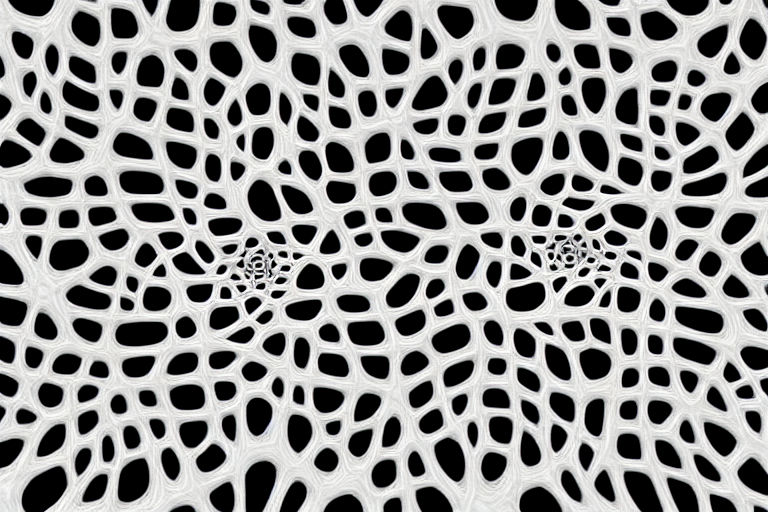Unlocking the Mysteries of Mathematics in Art and Its Application in Modern Design.
Art and mathematics are two seemingly opposite disciplines; one is associated with creativity and imagination while the other is known for its logic and structure. However, the integration of mathematics into artistic creations has been practiced since ancient times.
The Golden Ratio
The Golden Ratio is one of the most well-known mathematical principles applied in art. It is a spiral found in nature and has been used to create aesthetically pleasing compositions in art and design. This ratio is believed to be the key behind creating balance and harmony in artwork. It has been used in various art forms, including architecture, painting, and sculpture.
Fractals
Fractals are repeating patterns that are found in nature and mathematically generated art. These patterns are self-similar and can be found in various forms of art, including digital art and graphic design. Fractals can be used to create intricate designs and patterns, which are visually appealing and mesmerizing. Mandelbrot and Julia Sets are some of the most popular types of fractals that have been used in art and design.
Symmetry
Symmetry is another principle used in art and design, which is derived from mathematical concepts. Symmetry refers to the balance of elements in a composition or design. The human brain naturally seeks patterns and symmetry in everything it observes, which is why designers use this principle to create eye-catching visuals. Symmetry can be found in all art forms, including photography, graphic design, and product design.
Perspective
Perspective is an essential mathematical principle used in art to create the illusion of depth and space in a two-dimensional artwork. Linear perspective is a technique used in painting to create an illusion of depth using a vanishing point. This principle has been used extensively by painters, including Leonardo da Vinci and Michelangelo, to create realistic images. Perspective can also be applied in product design, architecture, and typography.
Conclusion
The application of mathematical principles in art and design dates back to ancient times, and continues to be practiced in modern times. These principles help create aesthetically appealing compositions, and are essential for achieving balance, harmony, and realism in artwork. Math is not just about numbers and equations, but it can also be used to create beautiful works of art.



